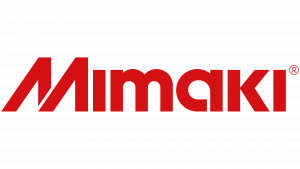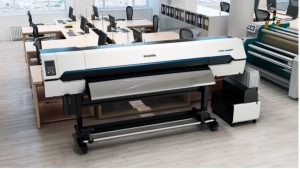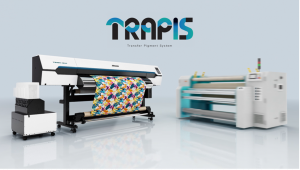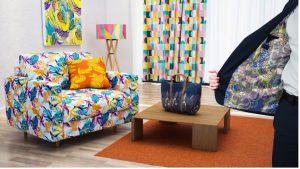 AMSTERDAM— October 9, 2024 — For decades, polyester has been the cornerstone of the textile printing industry. Its compatibility with the digital sublimation process—a cost-effective, simple technology—has driven exponential growth in polyester printing. However, the very characteristics that make polyester well suited for sublimation printing render this printing technique unsuitable for other materials, such as cotton and some blended fibres, leaving a significant gap in the market.
AMSTERDAM— October 9, 2024 — For decades, polyester has been the cornerstone of the textile printing industry. Its compatibility with the digital sublimation process—a cost-effective, simple technology—has driven exponential growth in polyester printing. However, the very characteristics that make polyester well suited for sublimation printing render this printing technique unsuitable for other materials, such as cotton and some blended fibres, leaving a significant gap in the market.
This gap was, until recently, partially filled by direct-to-textile printing. However, this method requires substantial initial investments in equipment and heavily relies on the time- and resource-consuming pre- and post-processing of fabrics to ensure colourfastness, colour accuracy, and compatibility with different substrates. Consequently, a need arose for a more sustainable and cost-effective solution that could cater to a wider range of textiles.
Bridging the Gap: The Birth of TRAPIS

In response to this demand, Mimaki spent six years developing a breakthrough technology, TRAPIS, a simple two-step textile transfer printing solution, consisting of only an inkjet printer and a high-pressure calender. The design of choice is printed by the inkjet printer onto the company’s groundbreaking Texcol® pigment ink transfer paper. This is then transferred to the application via the calender.
Entirely removing the treatment stages means that printing on non-polyester materials has gone from an expensive and time-consuming task to one that is simple, cost-efficient and more sustainable.
Ideal for home textiles and soft signage which often require vibrant colours but varied materials, this technology gives printers the ability to print on a wide variety of materials, including natural fibres like cotton and silk without losing stretchability or colourfastness. All this can be done with just one type of ink, making the process flexible and adaptable to customer demands.
A Bright Future: The Environmental Benefits of TRAPIS

The pre-treatment and washing of the fabric is often needed in digital dye printing, producing a significant amount of wastewater in the process. TRAPIS eliminates those stages altogether and is almost entirely waterless, saving around 14.5 litres per square metre of water, an almost 90% decrease in comparison to digital dye printing.
Additionally, this eliminates the need for wastewater treatment facilities, which can be both expensive and constrictive when it comes to where the solution is installed.
When you consider that traditional dyeing processes generate a staggering approximately 2 billion tonnes of wastewater every day from pre- and post-dyeing processes worldwide. The reductions TRAPIS can offer will make a significant contribution to reducing a print provider’s environmental impact. Furthermore, with its simplified printing workflow, the complex and CO2 emission-heavy overseas transportation of textile products is eliminated.
Mimaki’s bespoke Textile Pigment Ink that accompanies the solution has achieved the ZDHC MRSL Lv.3* certification and is bluesign® APPROVED, verifying not only its environmental friendliness but ensuring that it is safe for both workers and consumers
Offering a Simple Solution

TRAPIS’s simplicity and affordability also make it ideal for localised, short-run textile production. As the process only involves printing and transferring, it does not require specialised skills to operate when compared to the more complex seven- or eight-step system needed by most digital and analogue conventional printing. The lack of a fabric conveyor belt in the system further minimises the need for time-intensive maintenance.
By simplifying the digital textile printing process and making it accessible to a wider range of textiles, the TRAPIS solution is an innovation helps to set the pace for a more sustainable practices in the textile industry, while offering an unmatched range of creative possibilities.
Posted: October 9, 2024
Source: Mimaki




